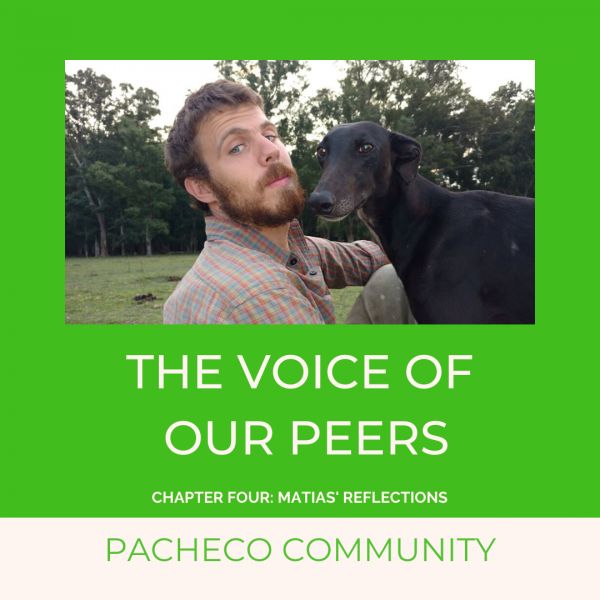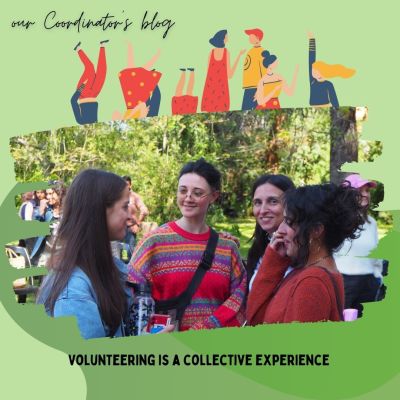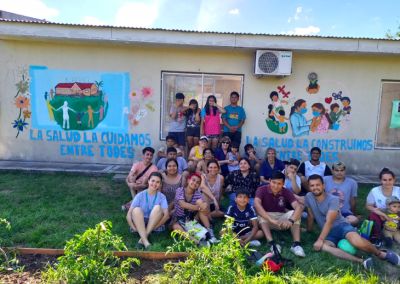WHAT IS A VIRUS?
A virus is a structure of genetic material (DNA or RNA), protected by a protein envelope that invades the cells of an organism to reproduce, causing disease in the body and killing the cells it invades.
Are there more viruses today than a thousand years ago?
No, viruses have always been present in nature, and they continue to be present in quantities and forms that we do not know and probably never will.
WHAT DOES IT MEAN THAT THE CORONAVIRUS IS ZOONOTIC (ZOONOSIS) AND HAS "MUTATED"?
A zoonotic disease is one that is capable of being transmitted from an animal to a human being (which is another animal), sometimes directly or sometimes through other intermediate animals that we call vectors (e.g., human (vector) bats).
Before talking about mutations in viruses, it is worth clarifying that all species, including ourselves, can suffer mutations.
That a virus mute means that it suffers a mutation, this is a change in its genetic material (in some of its genes), these mutations occur continuously and randomly in nature and do not necessarily mean a problem (a mutation can mean that a virus is more, equal or less dangerous).
The more a virus multiplies (this is usually called "contagion"), the greater the chances of a mutation occurring, so these mutations can be accelerated (or reduced) in different ways by human activity.
HOW IS IT THAT THE AGRO-INDUSTRIAL MODEL FAVORS THESE MUTATIONS AND MAKES IT RESPONSIBLE FOR THE CURRENT PANDEMIC?
As we said, under natural conditions mutations occur continuously and randomly, most of these mutations do not generate significant changes and go unnoticed, but sometimes this mutation can cause a virus to become resistant to a specific medication (the more that medication is used unnecessarily the greater the chances of it occurring), or to become capable of infecting a person from an animal (we call this a zoonosis).
If such a mutation were to occur in a natural ecosystem, it is likely that that animal would never come into contact with a human being and that virus would not reproduce any more or less than the many other non-zoonotic viruses that exist in that ecosystem.
But as the different ecosystems of the planet (forests, woods, natural pastures, etc.) are destroyed to plant crops and animals, we force wild species (with their respective diseases that are naturally occurring) to live in increasingly limited spaces. This makes viruses circulate more rapidly among these animals and mutation is more likely to occur, as well as making us more and more likely to come into contact with such diseases as a result of proximity.
On the other hand, when the virus is found in a natural environment composed of many different species, the speed of transmission of that virus between animals of the same species will occur at a much slower rate than inside a factory farm with animals that are overcrowded and weakened by the poor living conditions to which they are subjected, In this way, factory farming promotes the chances of virus mutations by facilitating the circulation of the virus among similar animals in immunosuppressed conditions (weakened immune systems), thus opening the way for pandemics such as the current one or those that have passed with less "fame" than this one (avian and swine flu).
In addition to these conditions, the indiscriminate use of antibiotics and antivirals in these production farms continuously kills the microorganisms that live in these animals, whether they are pathogenic (causing disease) or not, promoting those that mutate and become resistant to the antibiotic (randomly as we have said) to reproduce rapidly (because the other microorganisms have died from the antibiotic) causing an excessive outbreak.
HOW DOES FARM-BASED AGROECOLOGY HELP IN THIS CONTEXT?
Agroecology is based on biodiversity, that is, on producing different crops and animals at the species level (wheat, corn, pumpkin, pigs, chickens, cows, etc.) and at the level of varieties (breeds or types within each animal or plant group), making food production spaces more similar to natural ecosystems, where the diversity of species and breeds and the conditions of health (open and ventilated spaces) and nutrition lead to less pressure on these microorganisms (so the chances of mutations are lower) and to stronger animals capable of resisting diseases without becoming infected if such mutations occur.
If production logics are not changed, which correspond to the current consumption logics imposed by extractive capitalism, pandemics like the one we are currently suffering from will be repeated with an increasing frequency no matter how many Chinese exotic animal markets we close.





